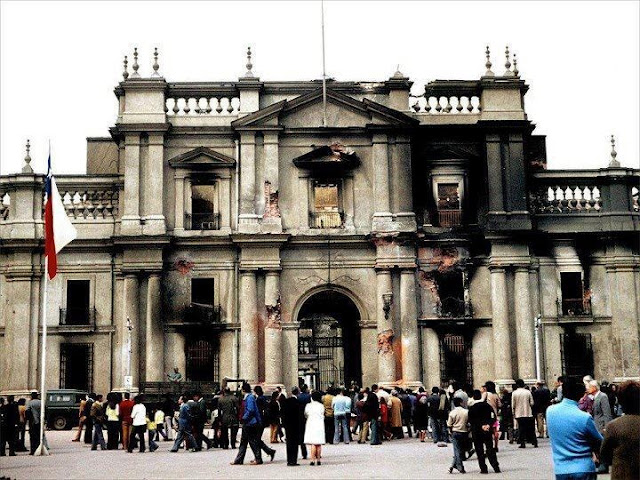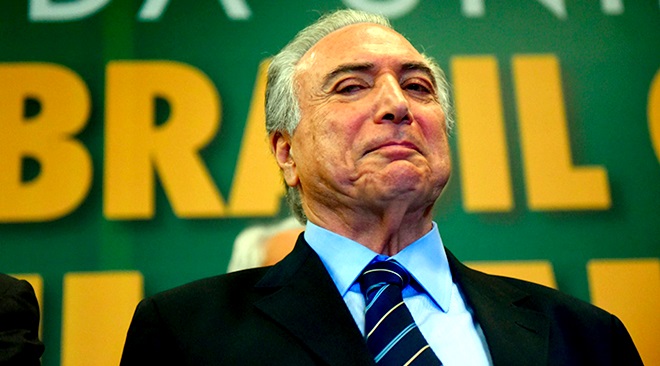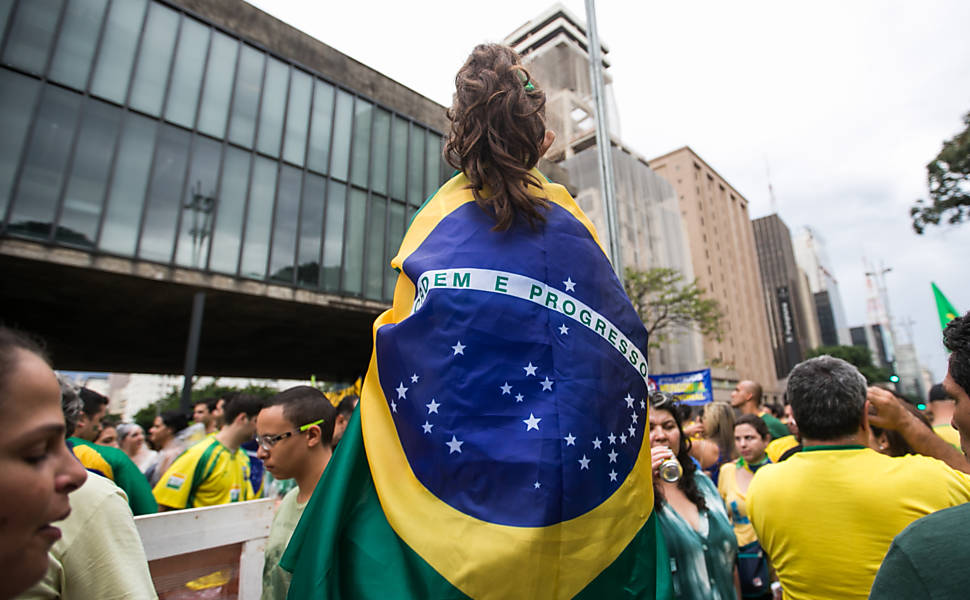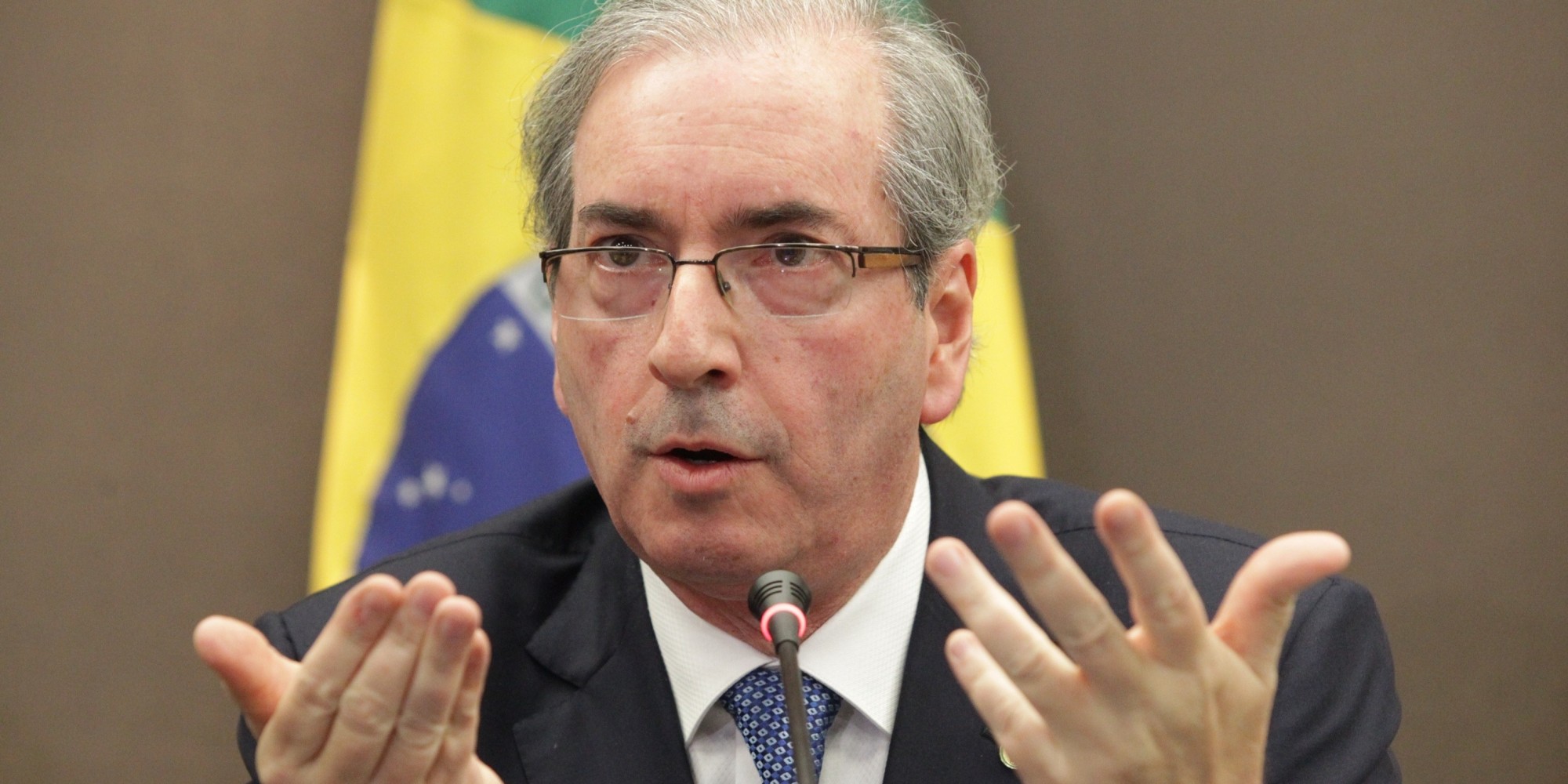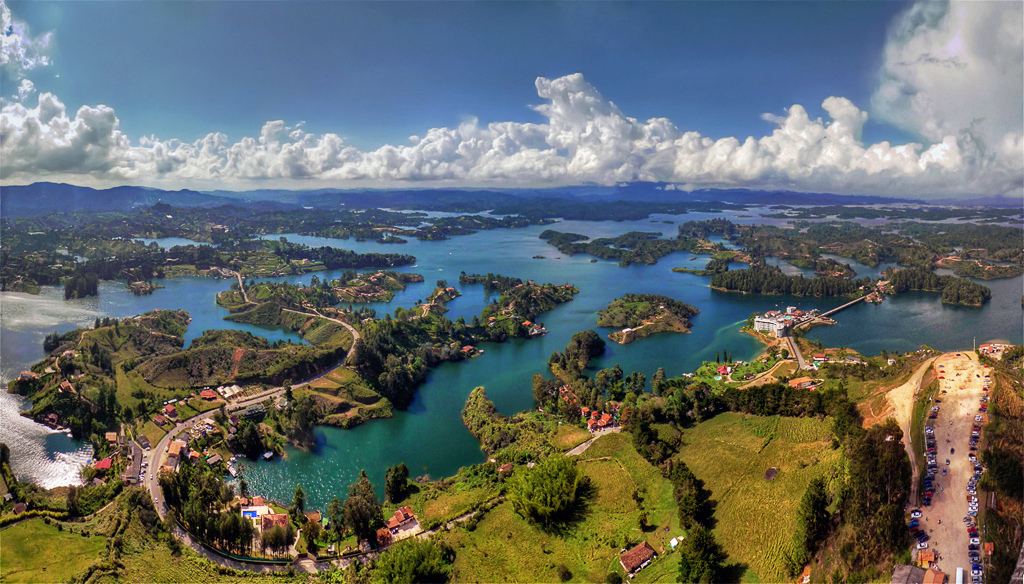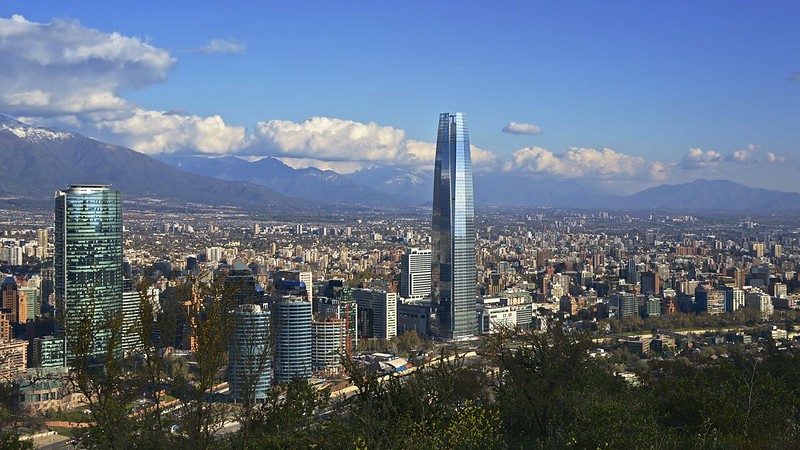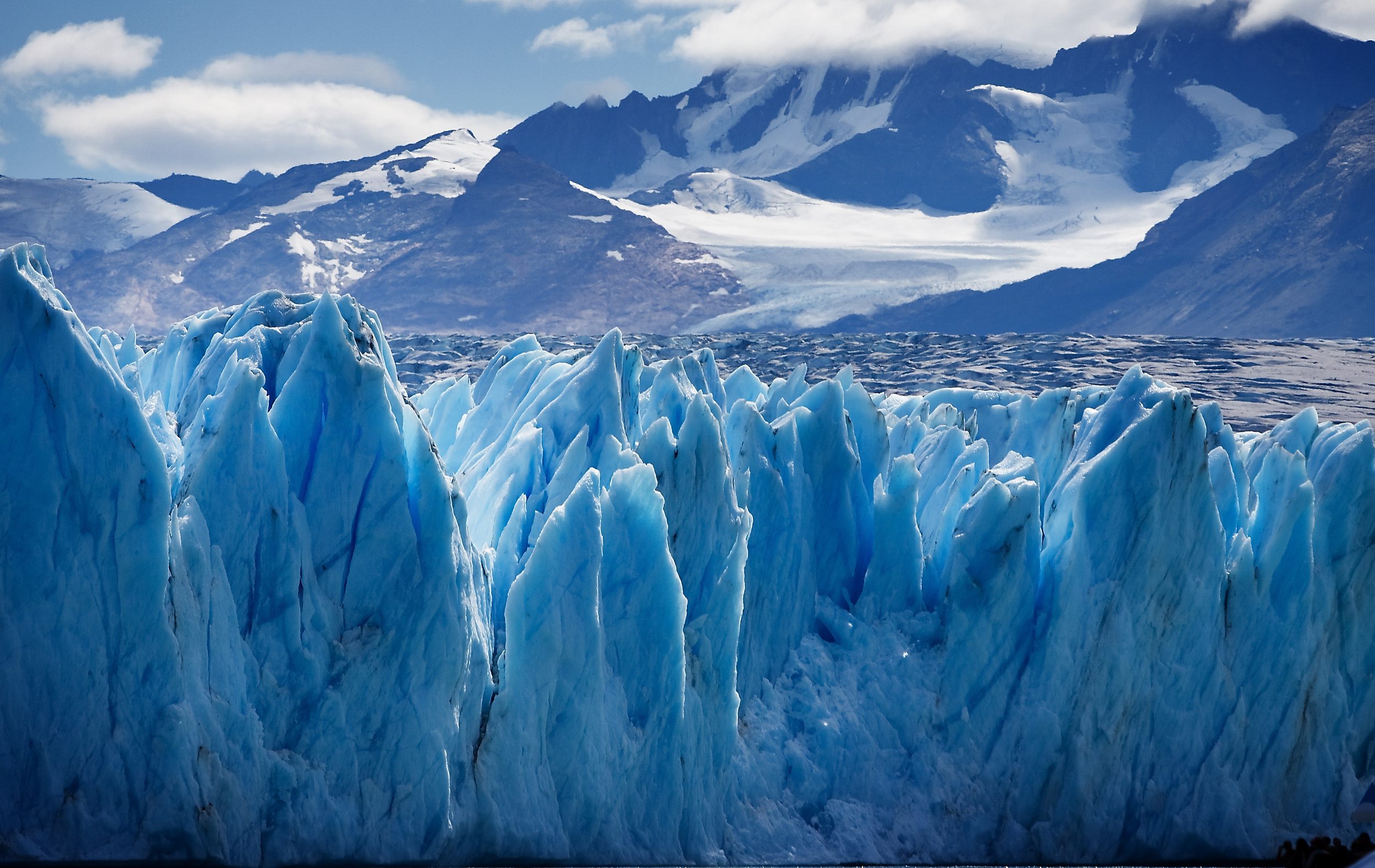O terrorismo de Estado é uma
prática que, como muitos sabem, fez parte do cenário político na América Latina
na segunda metade do século XX. Dentre eles, um dos piores foi o regime que
assolou a nação argentina, e que completou quarenta anos em 2016. O
autodenominado Proceso de Reorganización
Nacional, foi responsável por um doloroso período que durou sete anos.
Em matéria especial publicada
pela Folha de São Paulo, foram levantados dados relacionados ao regime e os
movimentos sociais que lutam exaustivamente para preservar a memória de um
período tão cruel e marcante para muitas famílias.
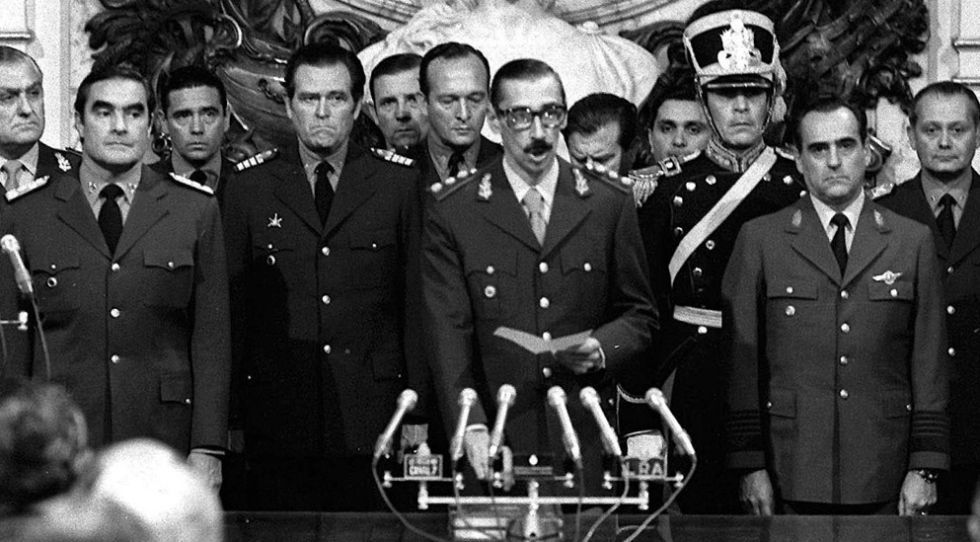
A junta militar que governou a
Argentina foi responsável por diversos seqüestros, atos de tortura e
desaparecimento de crianças, que foram retiradas de seus pais e distribuídas para
que fossem criadas por famílias de militares, um dos atos mais cruéis da
história do país. Até hoje, muitas mães lutam para encontrar seus filhos
roubados, um processo lendo e doloroso.
Em meio à infinidade de crimes e
violações que se sucederam na época, muitos ainda se prestam ao papel de
deslegitimar a causa dos manifestantes e negar a verdadeira face do extremismo
de direita na Argentina.

Após longos anos de muito estudo
e investigação, o país conseguiu apontar a existência de mais de trinta mil
desaparecidos, um número de fato grande, que retrata a magnitude da violência
aplicada pelos militares. Apesar disso, muitos ainda insistem em dizer que o
número é falso, fruto de levantamentos fraudulentos por parte dos ativistas, um
julgamento equivocado e repudiável.
Pelo contrário, estima-se que o
número de desaparecidos, torturados e mortos possa ser inclusive superior ao
que foi levantado pelos ativistas argentinos no decorrer dos anos. Apenas pode
falar com propriedade sobre as seqüelas do terrorismo de Estado aqueles que
sofreram na pele o terror de uma ditadura, como os filhos, esposas, pais e até
avós daqueles que foram seqüestrados, torturados e mortos.
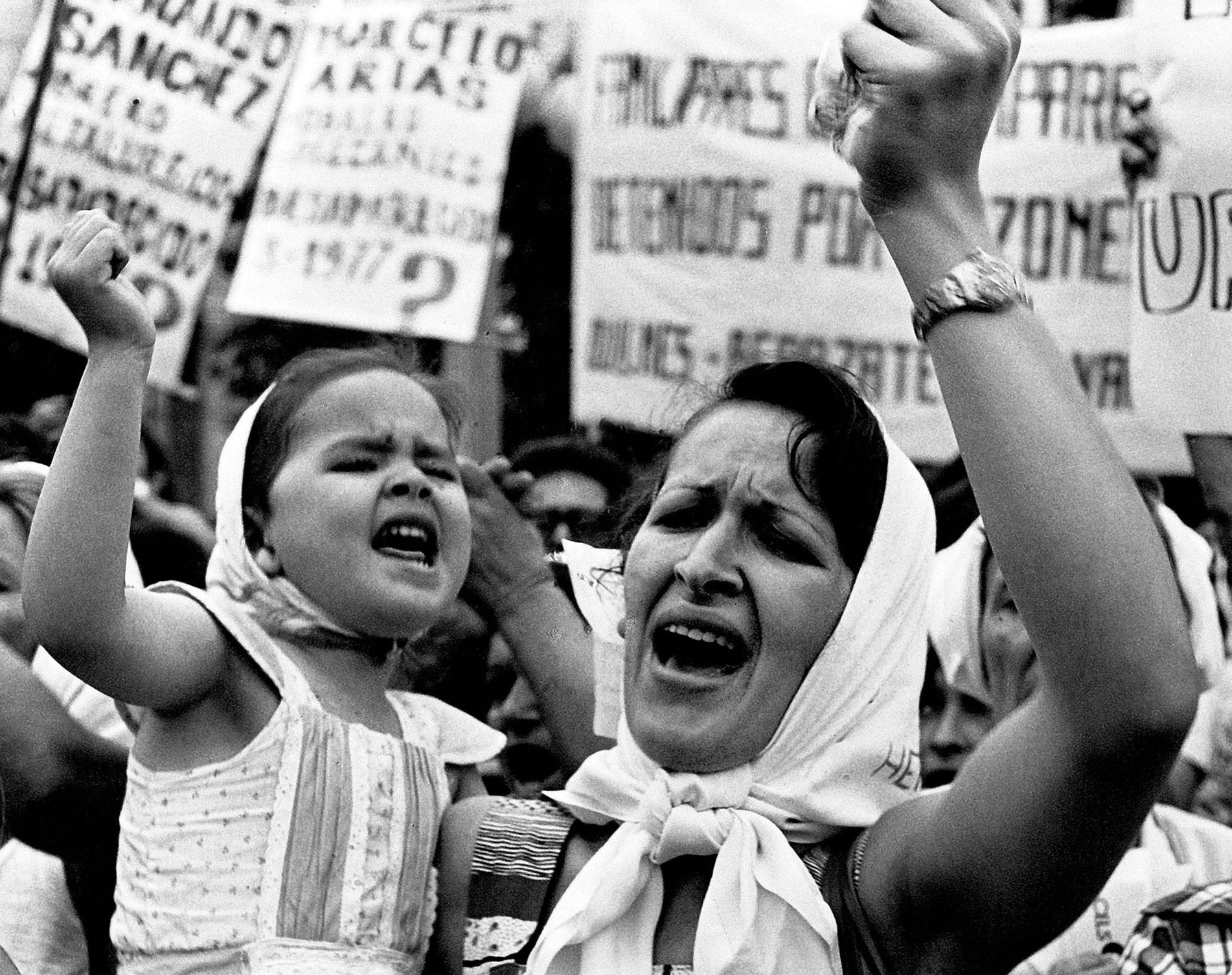
Entre os anos de 2003 e 2015, os
Kirchner foram exemplo ao realizar um complexo levantamento de dados e fatos
históricos, fomentando a prisão, julgamento e condenação de ex-oficiais do
período militar que violaram os direitos humanos. Ao contrário do Brasil, após
a redemocratização, a Argentina tornou-se reconhecida em todo mundo por
perseguir com maestria os torturadores, e colocá-los em seu devido lugar, ou
seja, atrás das grades.
Mesmo com a consciência cidadã
mais desenvolvida em relação ao tema “ditadura”, a Argentina também conta com
mentes atrasadas e pessoas descompromissadas com a justiça, como quando o
jornal La Nación publicou um editorial criticando os processos em andamento
contra oficiais que praticaram tanto atos de tortura, como outras violações.
Felizmente, o editorial foi rechaçado pelos próprios funcionários do jornal,
que protestaram contra tamanha insensatez.
O próprio ministro da cultura do
atual presidente Mauricio Macri afirmou que considerava excessivas as
perseguições aos violadores dos direitos humanos, e com essa fala, foi
rechaçado pela opinião pública.
Declarações como essas, por parte
de um ministro da cultura, cultura essa que foi estrangulada pelas ferozes mãos
do fascismo, não é de se impressionar, pois até mesmo um grupo de advogados
argentinos, da associação Justicia y Concordia, se manifestou favorável ao
governo militar na Argentina, com argumentos delirantes sobre o “avanço do
comunismo” no continente e a necessidade em conter a onde de terroristas.
Lamentavelmente, a Justicia e Concordia tem a audácia de chamar os ditadores
argentinos de heróis.
Com essas tristes declarações,
lamentáveis, conclui-se que ainda há muito trabalho à ser feito, pois até mesmo
o presidente Mauricio Macri se manifestou contra a abertura de novos processos
contra os torturadores, enquanto muitas mães e filhos ainda buscam respostas
sobre o paradeiro de seus entes queridos, e clamam por justiça.

Embora a Argentina tenha sido um
dos maiores exemplos latino-americanos na perseguição de torturadores, o avanço
da direita no país vem enfraquecendo os movimentos sociais e silenciando a voz
dos parentes das vitimas, mas a força do povo supera toda e qualquer tentativa
de cercear a luta pela democracia, e a democracia plena só é alcançada quando
os antigos torturadores são punidos à altura.
André Felipe Maria


